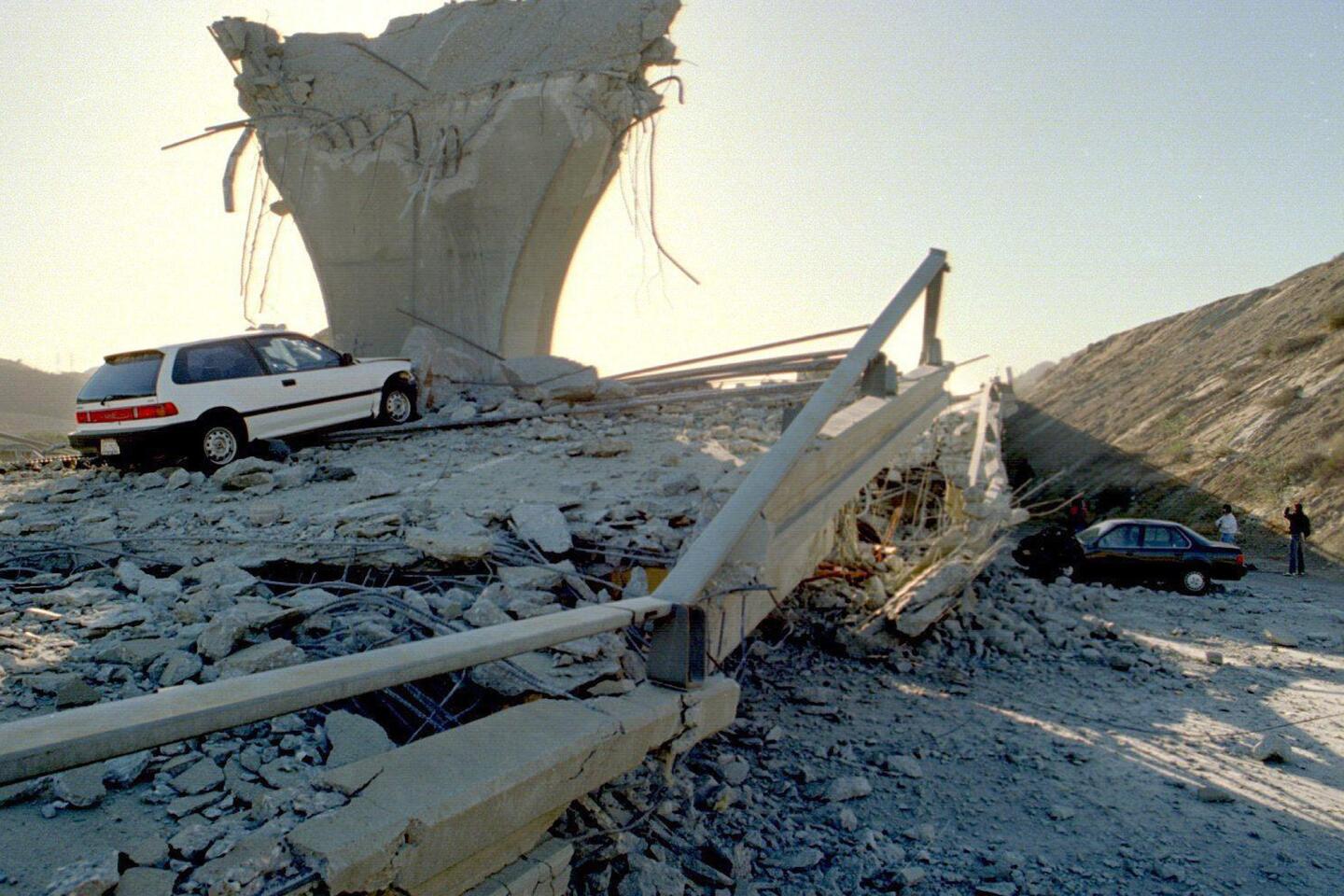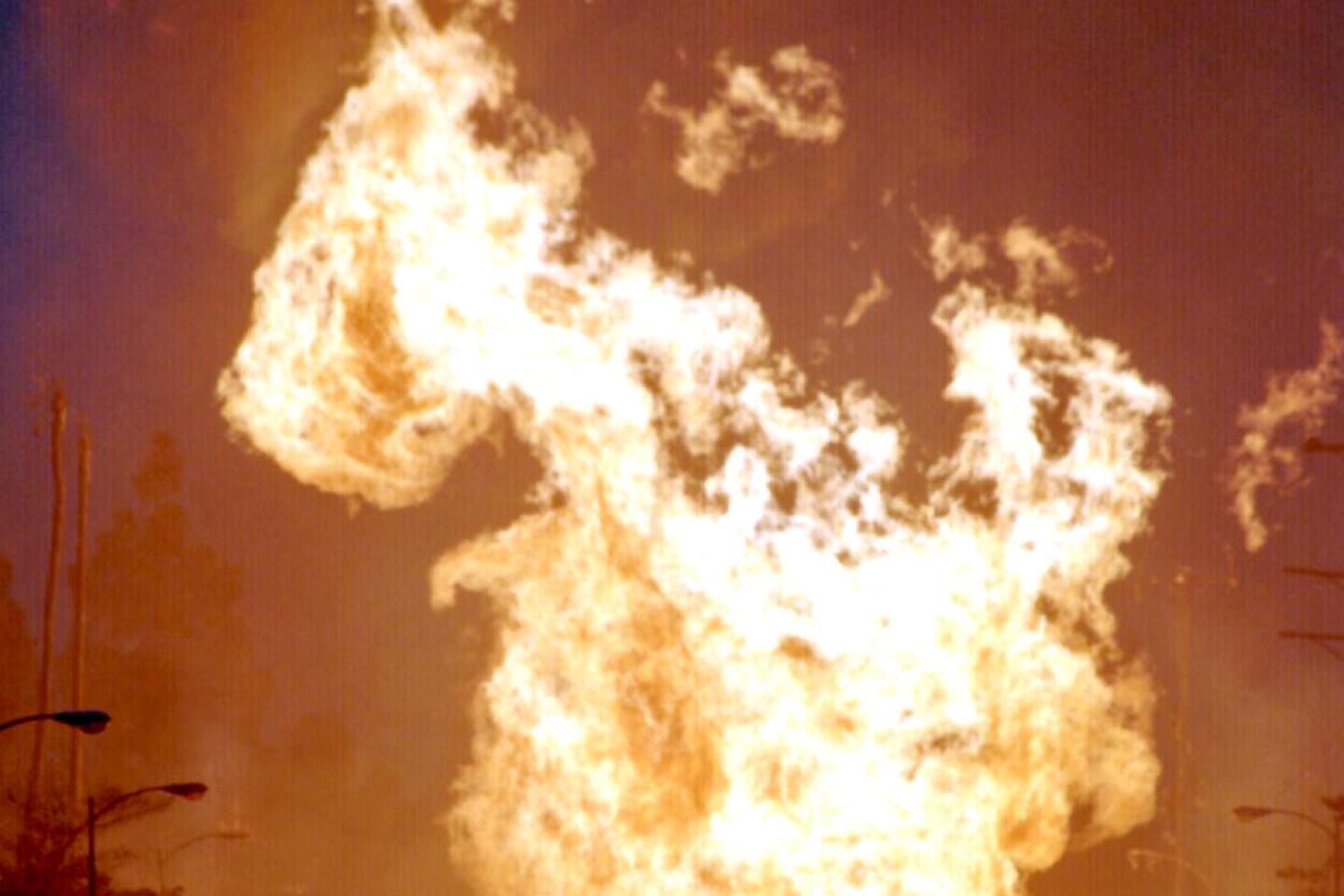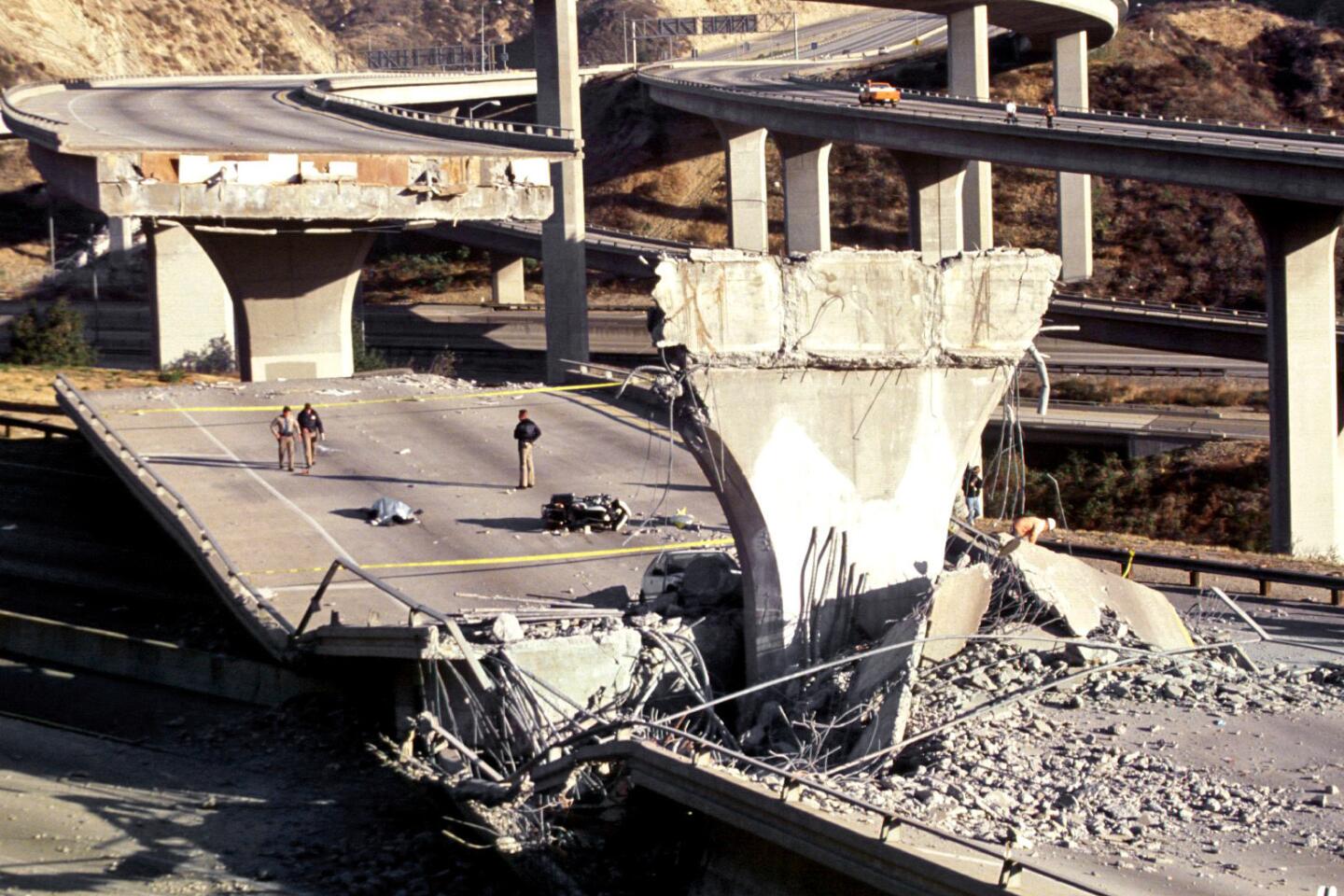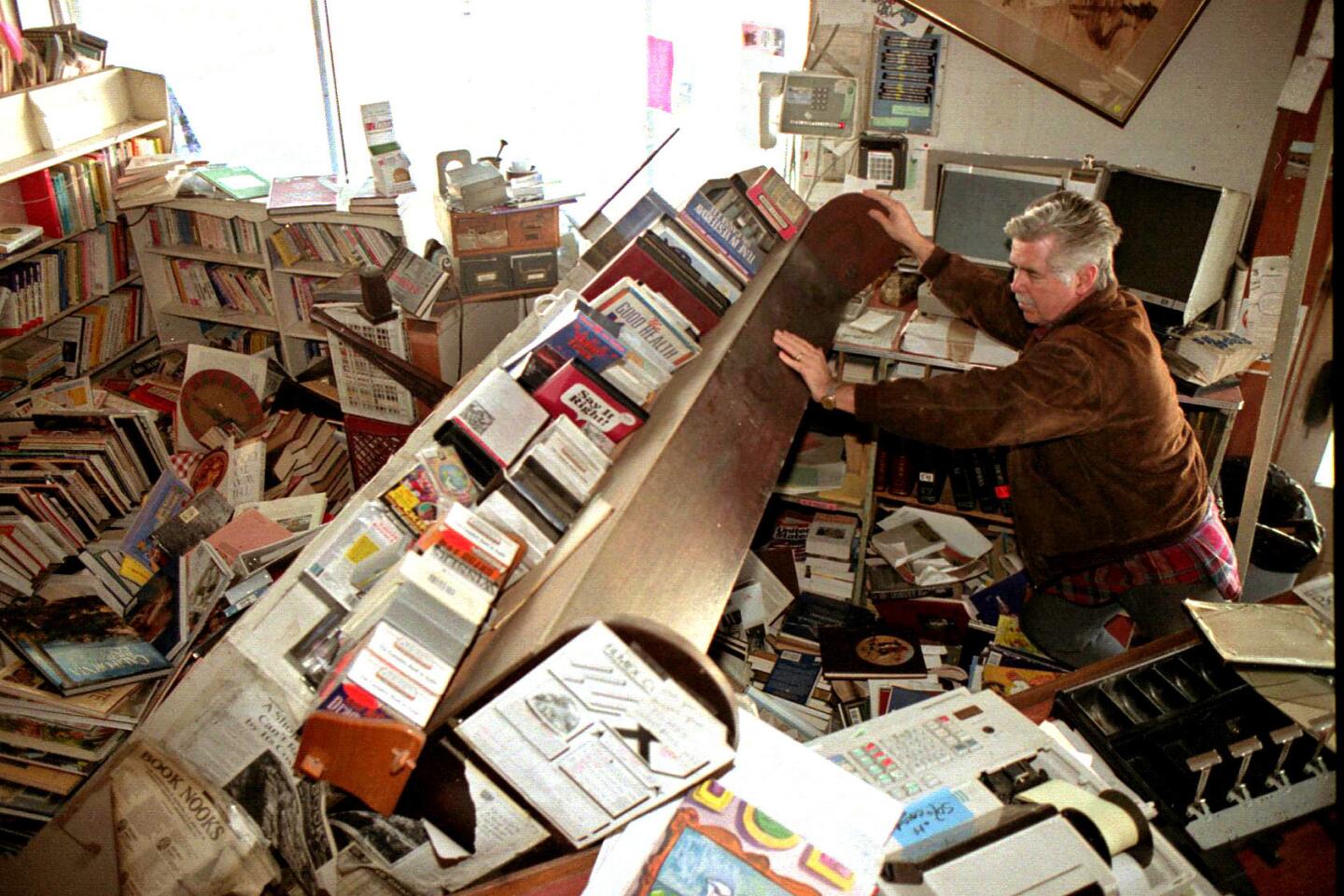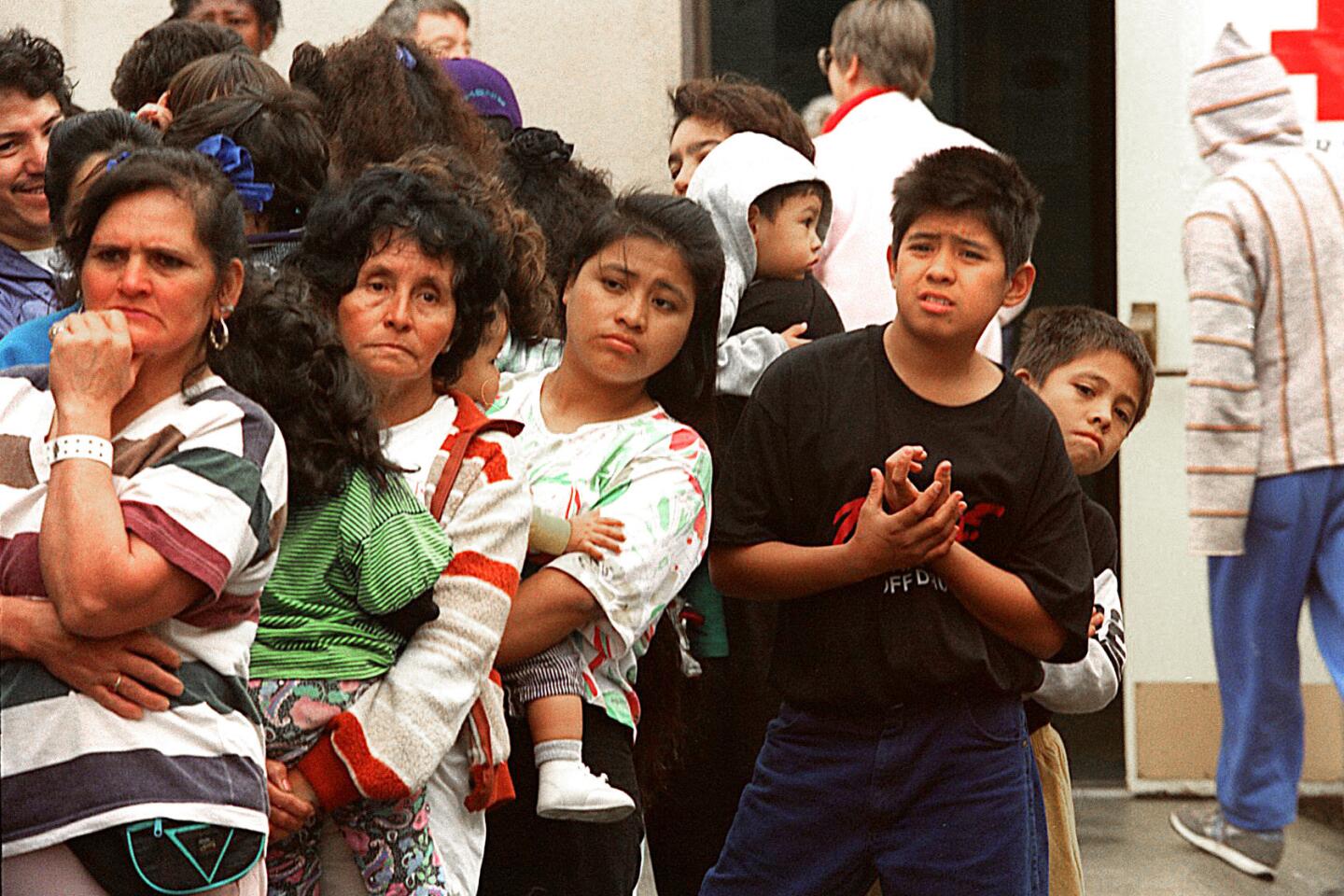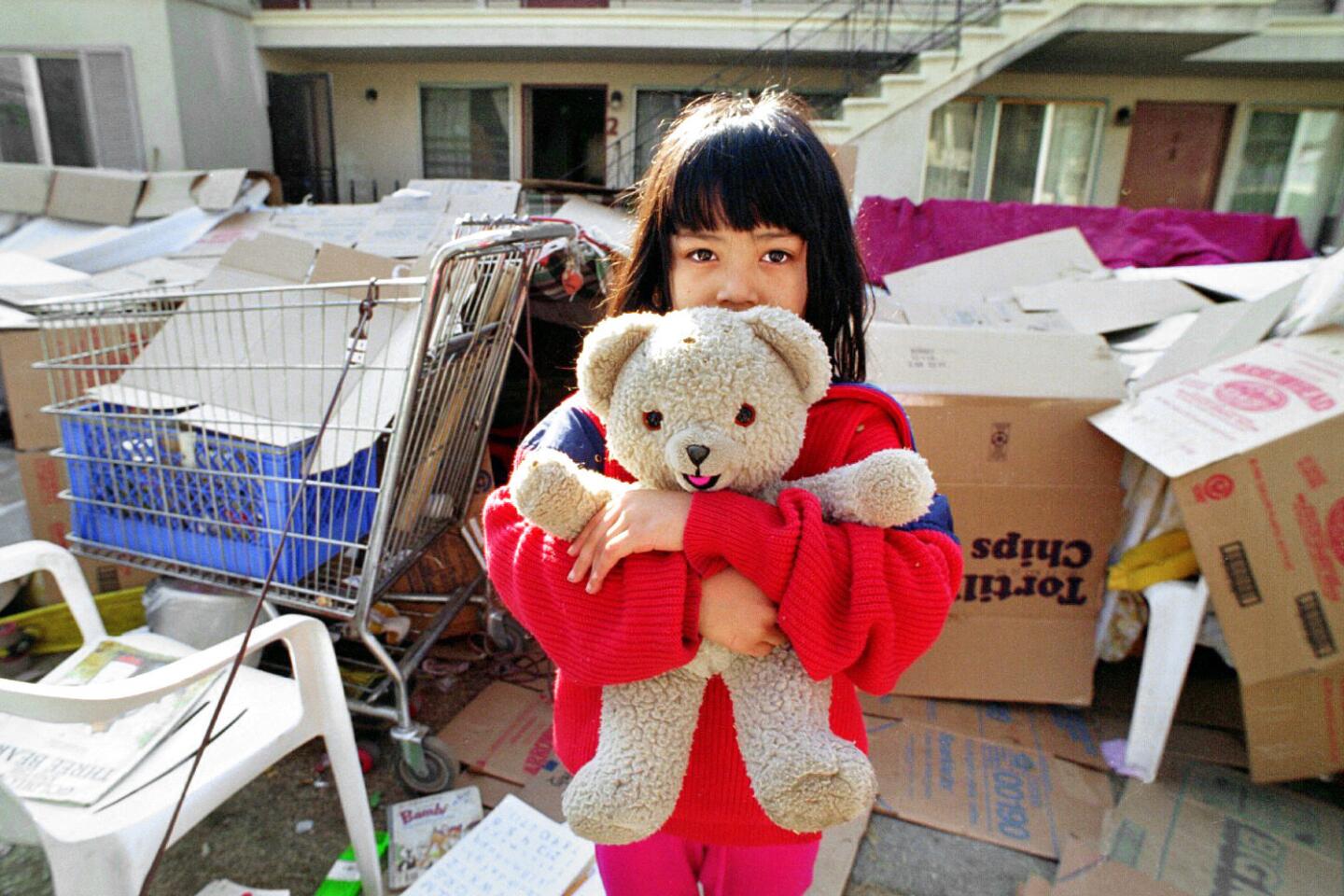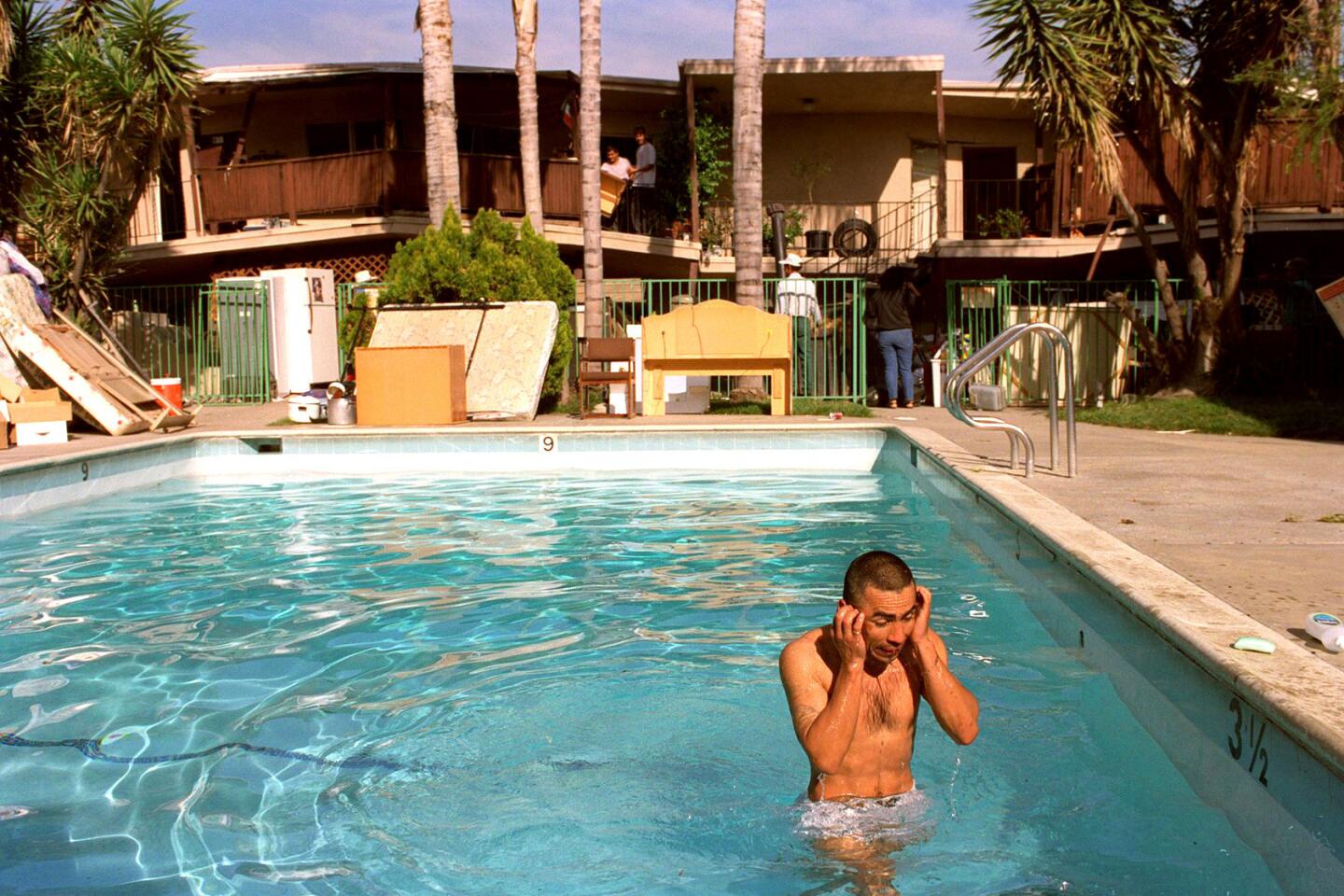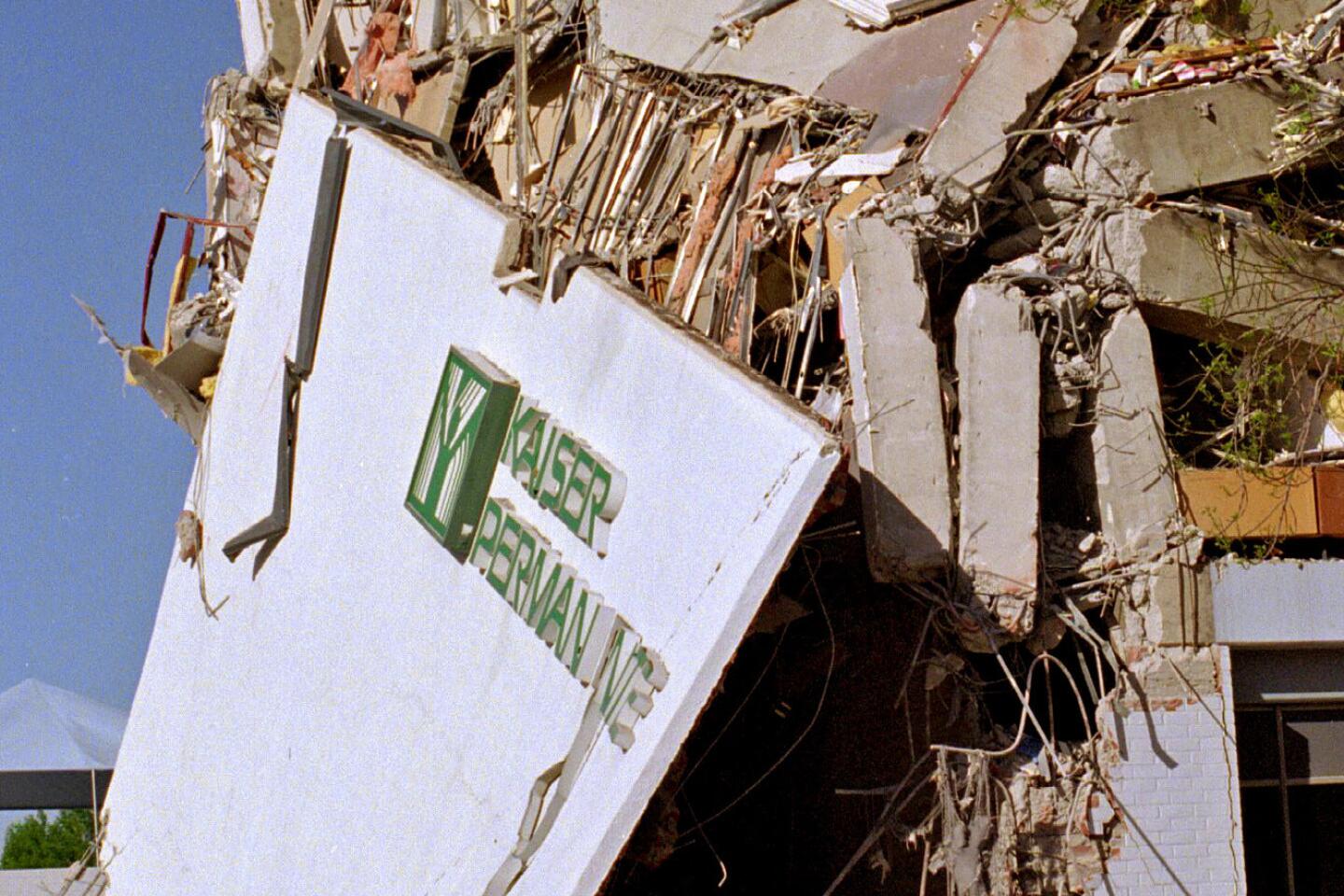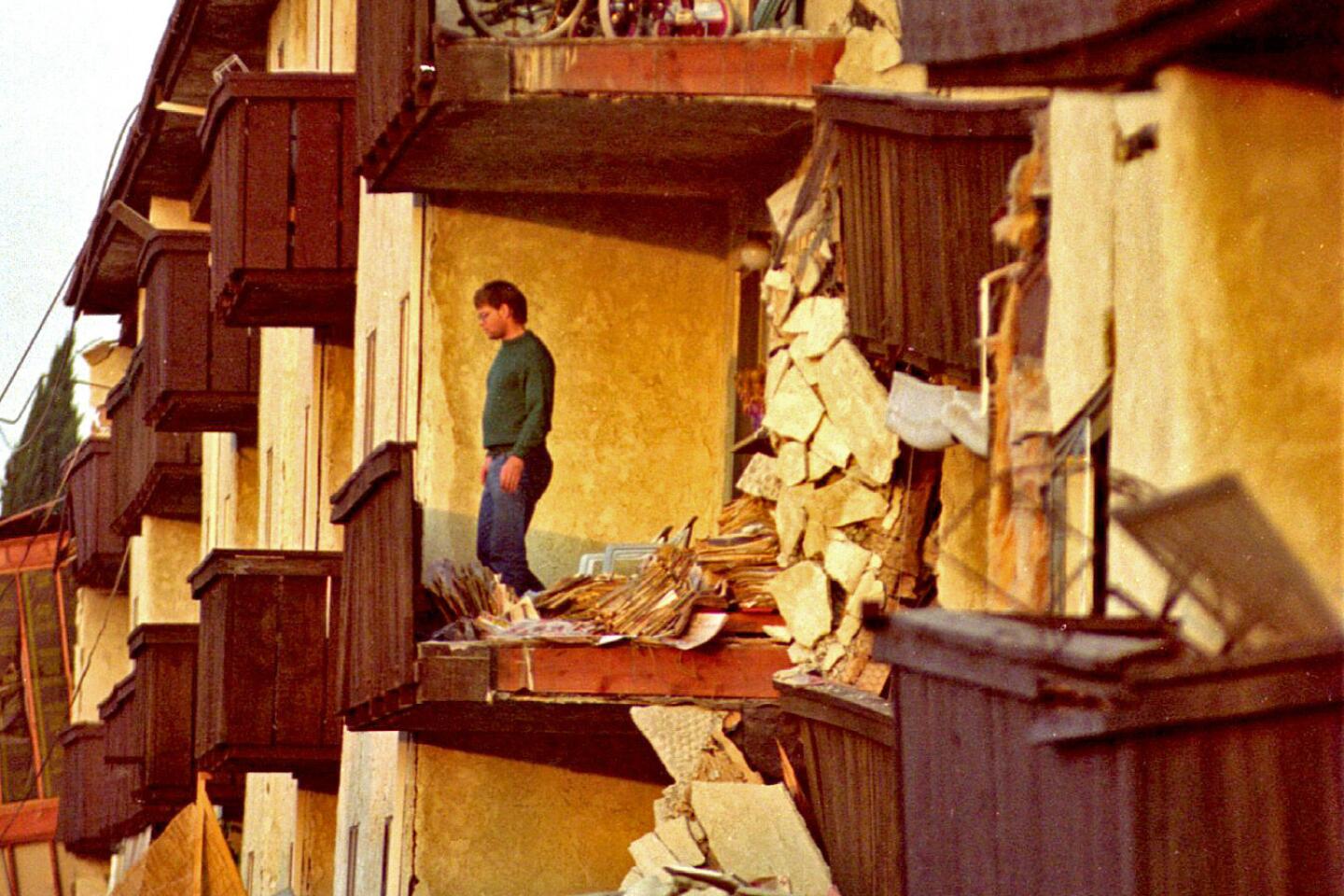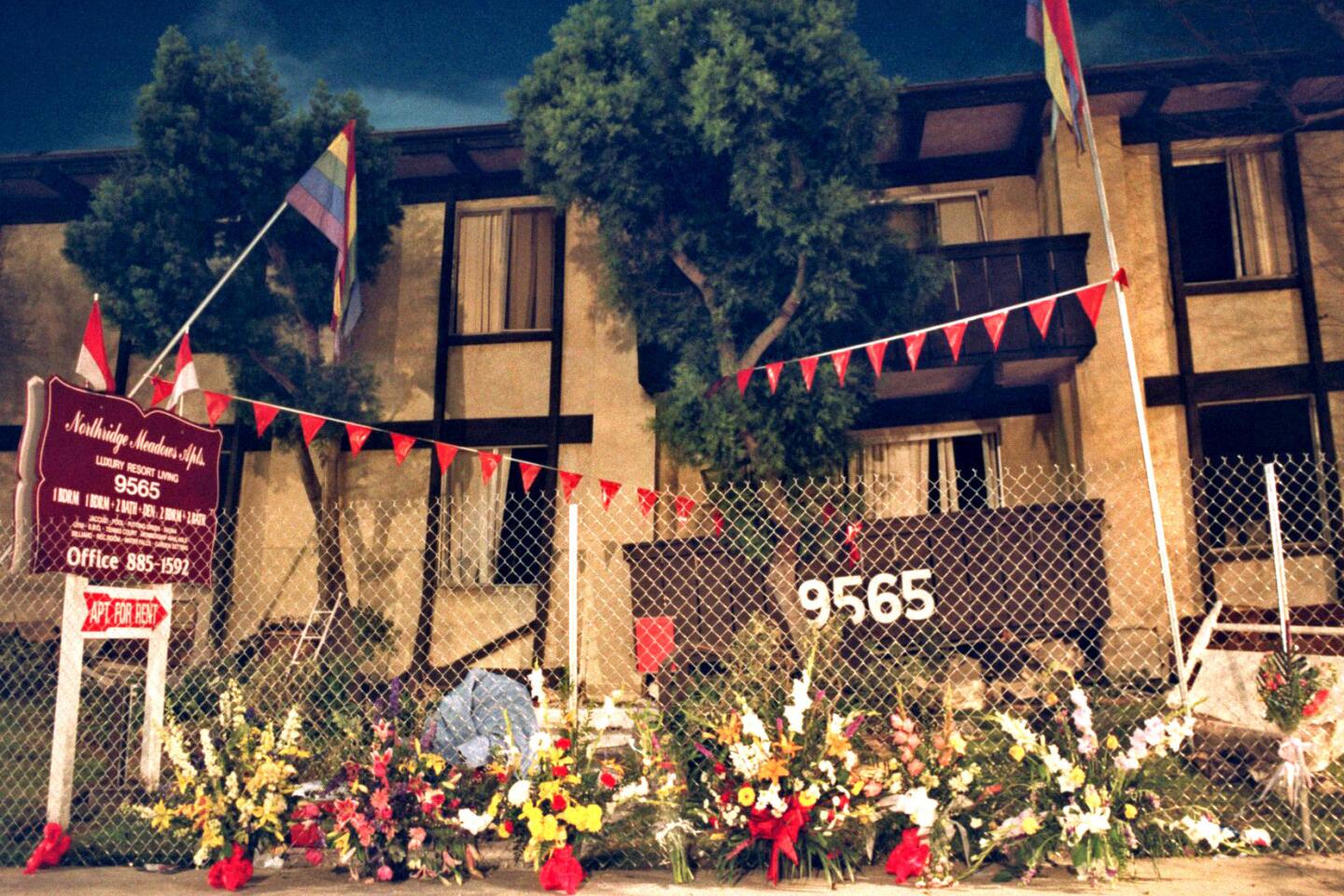In reversal, quake researchers to turn over list of concrete buildings
- Share via
In a reversal, University of California researchers will give Los Angeles officials the addresses of about 1,500 old concrete buildings that are potentially at risk of collapse during a major earthquake.
The move, announced Friday, is significant because it will provide the city with a starting point in its effort to identify concrete buildings most likely to fail in a quake and take steps to strengthen the structures.
The researchers, who spent several years studying the issue, estimate that about 75 of the 1,500 buildings on the list could collapse in a large temblor. Experts say that the collapse of just one concrete building could cause hundreds of deaths.
The researchers emphasized that the addresses don’t amount to a list of dangerous buildings. Rather, they represent a list of buildings that need to be examined more closely to gauge their vulnerabilities. Extensive testing is required on individual concrete buildings to determine if they are weak.
The list has been a source of controversy since a Los Angeles Times story in October reported that more than 1,000 old concrete buildings in Los Angeles may be at risk of collapsing in a major earthquake. The story reported that a team led by a UC Berkeley engineering professor declined to make the list public, saying that his team could be exposed to liability from property owners.
After the story ran, Los Angeles building officials asked for the list. The researchers responded that they would investigate “the legal and ethical constraints” of releasing what was then preliminary research data.
Talks have been continuing between the city and the scientists, and on Friday, the researchers announced that they have completed their project and would give the underlying data to the city.
“We would like to be helpful to the city, to help them move forward” on this issue, UC Berkeley engineering professor Jack Moehle said.
“It’s the time to release the data,” said Moehle, adding that the city would receive it next week.
Moehle and his team of researchers said the list of addresses is a list of concrete buildings in Los Angeles built before 1980. Past earthquakes around the world suggest that about 5% of old concrete buildings could collapse in a major earthquake, they said.
The list contains information on the size of the buildings, their assessed value, the number of stories and their type of use. They said the information can help the city to form policy, weighing the level of risk with the cost of making them safer.
The study was funded by a $3.6-million federal grant.
The collapse of concrete buildings is considered one of the biggest earthquake hazards in California. It is a danger that Los Angeles officials have known about more than 40 years. But city leaders for generations have failed to require owners to make their properties safer.
Two proposals were introduced before Los Angeles City Council last fall to create a list of older concrete buildings in the city.
Earlier this week, Los Angeles Mayor Eric Garcetti partnered with U.S. Geological Survey seismologist Lucy Jones, who will act as his science advisor on earthquake issues. Garcetti has asked her to come up with recommendations by the end of the year on retrofitting issues, including how to get privately owned concrete buildings retrofitted.
More to Read
Sign up for Essential California
The most important California stories and recommendations in your inbox every morning.
You may occasionally receive promotional content from the Los Angeles Times.
